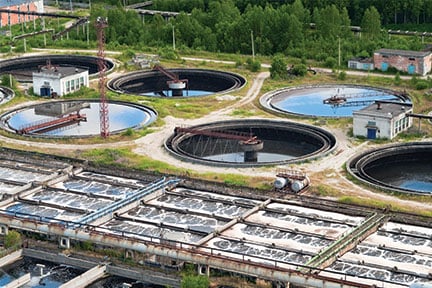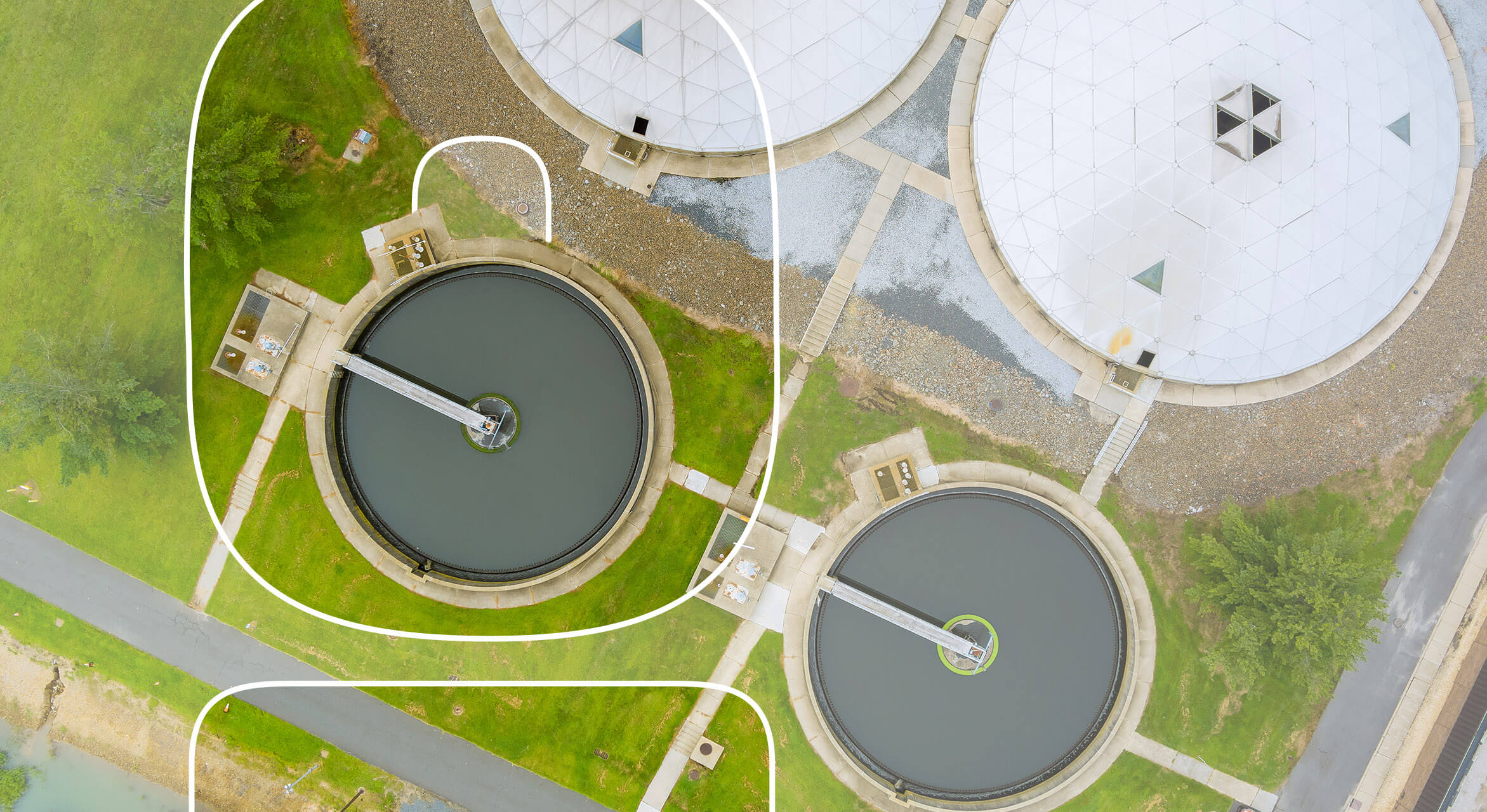Comprehending Wastewater Therapy Processes and Their Environmental Effect
The ins and outs of wastewater therapy processes play a critical role in mitigating environmental obstacles linked with water air pollution. Each stage, from preliminary to advanced therapies, is created to attend to particular contaminants, ultimately safeguarding both public wellness and marine environments.
Summary of Wastewater Therapy
Just how is wastewater transformed right into a safe source for the setting? Wastewater therapy is an important process designed to eliminate impurities from used water, thus protecting public wellness and shielding ecological communities. This procedure begins with the collection of wastewater from property, industrial, and business resources, which is then guided to treatment facilities.
At these facilities, various physical, chemical, and organic approaches are employed to deal with the wastewater. Subsequently, biological treatments, such as turned on sludge procedures, make use of microbes to damage down natural matter.
The treated effluent can be securely released right into all-natural water bodies or reused for watering and commercial objectives, promoting resource conservation. Furthermore, the treatment procedure creates biosolids, which can be repurposed as fertilizers or soil amendments, even more enhancing sustainability.
Stages of Treatment Processes
The wastewater treatment process usually contains three primary stages: preliminary, main, and secondary therapy. Each phase serves an unique duty in decreasing the toxin lots and making certain the effluent fulfills ecological requirements prior to discharge.

The primary therapy phase concentrates on the physical separation of put on hold solids from the wastewater. Through sedimentation, larger bits settle at the bottom of sedimentation tanks, forming sludge, while lighter products, such as oils and greases, float to the surface area and are skimmed. This procedure significantly lowers the natural and not natural lots in the wastewater.
Second therapy is an organic process intended at additional decreasing the focus of organic issue. This stage is crucial for achieving the needed biochemical oxygen demand (BODY) reduction, eventually leading to cleaner effluent all set for discharge or further therapy.

Advanced Therapy Technologies
Following the additional therapy processes, advanced treatment modern technologies play an important role in additional improving the quality of treated wastewater. These modern technologies are developed to get rid of recurring pollutants that are not properly eliminated during primary and additional treatments, guaranteeing the effluent fulfills rigorous regulative requirements.
Amongst the extensively made use of advanced treatment methods are membrane purification, reverse osmosis, and progressed oxidation processes. Membrane filtering, including microfiltration and ultrafiltration, works in separating fine particles, virus, and colloids from the water (Wastewater). Reverse osmosis uses semi-permeable membranes to get rid of dissolved solids, resulting in top notch water suitable for various applications
Advanced oxidation procedures (AOPs) use solid oxidants to weaken natural contaminants, consisting of drugs and individual care products that are resistant to conventional therapy. These approaches boost the biodegradability of complex compounds, facilitating their removal.
Another considerable modern technology is using organic nutrient elimination processes, which especially target nitrogen and phosphorus, stopping eutrophication in obtaining water bodies. go to this site Generally, innovative therapy technologies are important for achieving higher levels of purification, promoting water reuse, and safeguarding public wellness while get redirected here resolving the difficulties linked with wastewater management.
Ecological Advantages of Treatment
Various environmental advantages emerge from reliable wastewater treatment processes that add to ecosystem wellness and sustainability. Mostly, these procedures dramatically minimize the launch of dangerous toxins right into all-natural water bodies, which aids keep marine communities. By eliminating pollutants such as hefty steels, nutrients, and microorganisms, treated wastewater minimizes the risk of waterborne diseases and promotes biodiversity in marine settings.
Additionally, wastewater therapy facilities typically utilize advanced innovations that make it possible for water recycling and reuse. This technique not just preserves fresh water sources however likewise minimizes the demand on natural water materials. Boosted nutrient removal from wastewater can additionally stop eutrophication, a process that leads to algal blossoms and subsequent oxygen depletion in aquatic systems.
Furthermore, effective therapy processes can minimize greenhouse gas exhausts, particularly methane and laughing gas, which are typically released throughout unattended wastewater decomposition. By capturing and click here to find out more making use of biogas from anaerobic digesters, centers can convert waste right into sustainable power, thereby contributing to a reduction in nonrenewable fuel source reliance.
Obstacles and Future Fads
While the environmental benefits of wastewater treatment are clear, several difficulties linger that prevent optimum results in this area. One significant issue is maturing infrastructure, which commonly causes ineffectiveness and boosted operational costs - Wastewater. Several therapy plants were designed decades ago, and their abilities do not align with modern-day needs, which include stricter governing standards and higher volumes of wastewater because of urbanization

Looking in advance, there is an expanding emphasis on source recuperation and circular economic situation concepts within wastewater treatment. Innovations such as anaerobic digestion, which can create biogas, and progressed purification innovations are gaining grip. These methods not just enhance therapy performance but likewise promote sustainability.
Inevitably, resolving these obstacles calls for cooperation among stakeholders, financial investment in technology, and a commitment to continuous study. By accepting these fads, the wastewater treatment sector can evolve to fulfill the demands of an altering setting and culture.
Verdict
In conclusion, wastewater treatment procedures play an essential role in improving environmental high quality and public wellness. The multi-stage therapy structure, combined with innovative modern technologies, effectively alleviates contamination and advertises sustainable water administration. By dealing with residual contaminants and minimizing nutrient overflow, these procedures contribute to the preservation of marine environments and the reduction of greenhouse gas emissions. Proceeded advancements and adjustments in therapy approaches will certainly be crucial for getting over arising difficulties and making sure the sustainability of natural deposits (Wastewater).